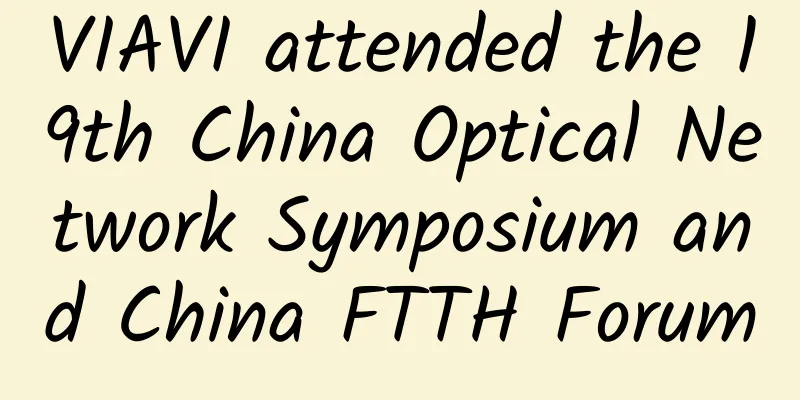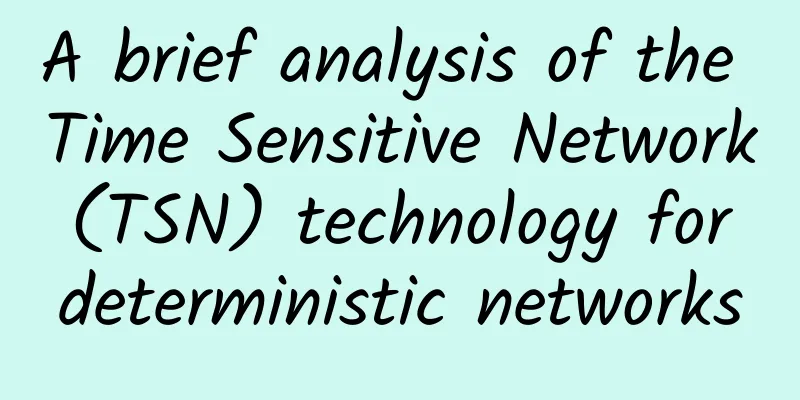5G network accelerates electric vehicle production to support smart manufacturing

|
Over the next few months, a dedicated 5G network will be deployed across the new Ford electric vehicle factory, which will focus on enabling fast and reliable data capture and analysis from connected welding machines. The 5G mobile private network will be provided by Vodafone Business at the new E:PriME (Electrified Powertrain for Manufacturing Engineering) facility located at Ford’s Dunton campus in the UK. A Vodafone spokesperson told EuroTimes: “This is a private network built specifically for Ford at the Ford campus. It is separate from our public network. All network infrastructure (core and radio) is provided by Ericsson. Based on Ford’s needs, Ericsson equipment is best suited for this use case.” The project is being delivered as part of the UK government-funded 5G trials announced earlier this year. Of the total £65 million package of projects funded in the UK, £1.95 million has been allocated to the 5GEM (5G-enabled Manufacturing) trial, which is installing two Vodafone mobile networks. One of these is at Ford working on connectivity for welding processes used in electric vehicle manufacturing, and the other is being carried out at TWI in Cambridge to support vacuum furnace engineering technology to connect heat treatment equipment. The batteries and motors within an electric vehicle require approximately 1,000 welds. For a single EV product, this can generate more than 500,000 pieces of data per minute. Fast, reliable, high-volume data capture and analysis will be an important requirement for these processes. Existing factory systems cannot support such a large volume of welds and data, so 5G has been selected as a system that aligns with the Industry 4.0 approach. Connecting data with experts such as TWI and manufacturers is essential if processes are to evolve at the same pace as product innovation demands. Therefore, as part of the same project, TWI is working with vacuum furnace specialist VFE to use 5G technology for brazing applications. The aim is to improve the consistency and quality of components during the heat treatment cycle. This work will also demonstrate the challenges of integrating 5G, while also showing how the integration can work with adjacent machines and manufacturing execution systems. Connected equipment at both plants (at Ford and TWI) will provide real-time control, analytics and remote expert support to ensure new manufacturing processes are ready for production. Chris White, Ford’s 5GEM project leader, said: “Connecting today’s shop floor requires significant time and investment. Current technology can be a limiting factor in reconfiguring and deploying next-generation manufacturing systems. 5G brings the opportunity to transform the launch speed and flexibility of existing manufacturing facilities, moving us towards the factory of the future with connected remote expert support and artificial intelligence.” Vinod Kumar, CEO of Vodafone Business, added: “5G Mobile Private Networks are a springboard for enterprise organisations, allowing them to rethink the way they do business. In this case, MPN technology is enabling the factory of the future. It allows machines and computing power to coordinate in real time, improving precision, efficiency and safety. We are delighted to help Ford plan for the future of its business.” The UK government announced funding for two industrial manufacturing projects for 5G trials and testbeds in February. One of these is the Ford 5GEM project mentioned above. The other is a project called 5G ENCODE at the Bristol National Composites Centre, led by Zeetta Networks, which received £3.82 million in government funding. The ENCODE project will study new business models for dedicated mobile networks in the manufacturing industry. It will investigate three key industrial 5G applications to improve productivity and efficiency in composite design and manufacturing: interactive augmented reality (AR); asset tracking across multiple locations and sites, and industrial system management. The consortium consists of ten companies, including Telefonica, Siemens, Toshiba, Solvay and Baker Hughes. Zeetta will provide its multi-domain orchestration technology based on 5G network splicing and slicing. |
<<: Wi-Fi 6E: When will it arrive? What will be the impact?
>>: Juniper Networks MIST AI network solution gives network engineers "superpowers"!
Recommend
edgeNAT newly launched South Korea SK direct connection VPS with 20% discount on monthly payment and 30% discount on annual payment, 2G memory package starts at 48 yuan/month
edgeNAT has newly launched the Korean three-netwo...
What is the transmission principle of twisted pair transmitter? How to connect?
The usual video signal is an unbalanced video bas...
The three major operators released their operating data for December
China Telecom's mobile user base increased by...
Let's talk about the time-consuming TCP connection
When developing daily interfaces on the Internet ...
DiyVM: 50 yuan/month-2GB/50GB/10M/US CN2/Hong Kong CN2/Japan Osaka
Continue to share information about DiyVM. DiyVM ...
The persistence behind comprehensive, stable and high-quality CDN: integration + self-built
On November 16, 2016, GFIC2016, hosted by DVBCN&a...
HostTheBest: $2.5/month KVM-quad-core/1GB/30G SSD/1Gbps unlimited traffic/Los Angeles data center
HostTheBest's website about page introduces t...
Three years after the license was issued, has 5G commercialization been successful?
It coincides with the third anniversary of China...
5G Opportunities in the Telecommunications Market
From mainframes and client servers to cloud compu...
5G security from the perspective of the US report on 5G infrastructure threat factors
introduction On May 10, 2021, the National Securi...
What does service governance govern? 10 pictures tell you the answer
[[392916]] This article is reprinted from the WeC...
Basic Principles for Campus Network Product Selection
I am Xia Jie, a lecturer at 51CTO Academy. On the...
"Seeing the world through the cloud and leading the future" Zijing Vision aims to build a cloud video ecosystem
[51CTO.com original article] On July 26, 2018, th...
To promote industrial upgrading, Ascend Academy Technology Open Day came to Shenzhen
On August 11, 2020, the DevRun Developer Salon As...
RepriseHosting: $25.97/month-L5640, 16G memory, 1TB hard disk, 20TB/1Gbps, Seattle data center
This is a promotional activity released by the me...









